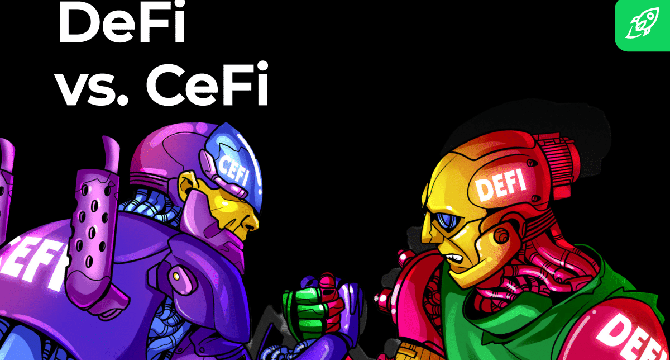Changelly
1d
170

Image Credit: Changelly
DeFi vs CeFi: A Beginner’s Guide to Digital Finance Differences
- CeFi (Centralized Finance) relies on central authorities like exchanges to manage financial transactions, offering familiar structures and customer support.
- Examples of CeFi platforms include Binance, Coinbase, Kraken, Crypto.com, and Nexo, providing services comparable to traditional banks.
- Key features of CeFi include centralized control, KYC requirements, custodial services, customer support, and a wide service range.
- Pros of CeFi include ease of entry for newcomers, services like lending and borrowing, and customer support, but it comes with risks like hacks and limited transparency.
- DeFi (Decentralized Finance) operates on public blockchains using smart contracts, allowing users to have full control over their funds and interact directly with protocols.
- Leading DeFi examples include Uniswap, Aave, Curve Finance, Lido Finance, and PancakeSwap, offering services without intermediaries and enhanced transparency.
- Key features of DeFi include permissionless access, smart contract automation, user control, open-source code, and innovation in financial tools.
- Pros of DeFi include control and direct access to financial tools, lower transaction fees, 24/7 market availability, transparency, and ongoing innovation.
- Cons of DeFi include risks of internet connectivity, smart contract bugs, lack of customer support, complex interfaces, and vulnerabilities to errors and hacks.
- CeFi and DeFi differ in ownership of assets, development transparency, arbitrage risks, trading methods, custody, atomicity, access, transparency, fees, innovation speed, risk, security, cross-chain services, fiat conversion, and regulation.
Read Full Article
10 Likes
For uninterrupted reading, download the app